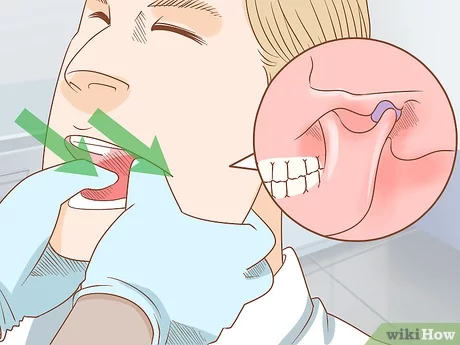4 Ways to Mold Plastic

Introduction
Plastics have become a ubiquitous material in our everyday lives. They are used in various industries, from packaging to automotive and consumer products. One of the reasons for the widespread use of plastics is their incredible versatility, which is largely due to the numerous molding techniques available. In this article, we will discuss 4 popular ways to mold plastic: injection molding, blow molding, rotational molding, and 3D printing.
1. Injection Molding
Perhaps the most common technique for molding plastic, injection molding involves heating plastic pellets until they reach a molten state. The molten plastic is then forced into a mold under high pressure using a hydraulic or electric system. Once the plastic has cooled and solidified, the mold is opened, and the finished product is ejected.
Injection molding is ideal for producing large volumes of identical parts. The method offers a short production cycle time and efficient material usage. However, initial costs for creating molds can be high, making it more suitable for long production runs.
2. Blow Molding
Blow molding is another popular method used primarily for creating hollow plastic products such as bottles and containers. In this process, molten plastic is extruded into a tube called a parison. The parison is then trapped between two halves of a mold and inflated like a balloon by blowing air into it, forcing the plastic to conform to the shape of the mold cavity.
There are several variations of blow molding—extrusion blow molding (EBM), injection blow molding (IBM), and stretch blow molding (SBM). Each has its own advantages depending on the application and desired product characteristics. Blow molding is cost-effective when producing large volumes of hollow objects but may not be suitable for complex or intricate designs.
3. Rotational Molding
Rotational molding, also known as rotomolding or roto-casting, is used to create large, hollow, and complex objects like tanks, playground equipment, and furniture components. In this process, a powdered plastic material is added to a closed mold. The mold is then heated while being simultaneously rotated in multiple axes. The continuous rotation causes the melting plastic to evenly coat the mold cavity’s walls, creating a hollow product with uniform wall thickness.
Rotational molding is an economical choice for producing large components as it requires less material than injection or blow molding. However, it has a longer production cycle time compared to other molding methods.
4. 3D Printing
3D printing, also known as additive manufacturing, is a relatively new method for molding plastic. It involves building up an object layer by layer using various materials, such as thermoplastic filaments. The 3D printer receives digital instructions from a computer-aided design (CAD) model and deposits small amounts of molten plastic according to the design.
Although 3D printing cannot yet compete with traditional molding techniques in terms of production speed and material options, it shows significant promise for prototyping and creating intricate objects with complex geometries. It also allows for customization and on-demand manufacturing.
Conclusion
These four techniques offer versatile ways to mold plastic and meet the specific requirements of various applications. While each method has its advantages and limitations, understanding these differences allows designers and manufacturers to choose the best process for their product development needs ultimately. As technology continues to advance, we can expect further innovations in plastic molding techniques that will expand the possibilities of this versatile material even further.






